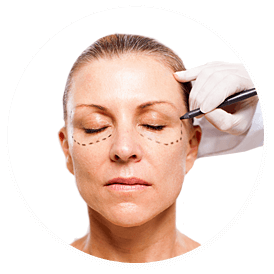
Composite implants can be used to correct an Asian's nose. An excellent option for augmentation can be the use of cartilage from the nose, ribs, or both. Most often, Dr. Chow will alter the nose's tip shape with cartilage. Dr. Chow has the rare ability to use cartilage from many sources in order to reshape and augment the nose.
Autologous rib cartilage
Asian rhinoplasty has been called one of the most difficult facial plastic surgeries. Many Asian patients are seeking a more refined, high-strength nasal bridge. You can achieve the desired results using a variety of augmentation techniques. Autologous cartilage, which is a graft material that can be used for multiple purposes, is the best. This tissue can be used for multiple purposes, including augmentation and formation of new dorsal height.

Sliced cartilage fascia
The dorsum is the bony portion of the nose, which runs between the eyes and ends at the tip. A surgeon can improve the dorsum either by placing a synthetic implants or adding diced cartilage facia grafts. The surgeon can create the desired shape and size of the cartilage, making it look more natural.
Shield grafts
For Asian nose surgery, shield grafts are an option. These can be used to return the nose's tip to its original shape and height. To make a new dome, a cartilaginous protector is used. You can have the graft curved or straight, or flat and ridged. It can be a single layer or several layers. The surgeon will calculate how many layers you need based on how much projection you require.
Skin grafts
Asian nose skin grafts are not always successful. It is difficult to narrow the Asian nose using traditional methods because it has a thick envelope. To reduce the size of the tip, but preserve the thickness and soft tissue, the doctor may use structural cartilage grafts. The doctor may use one of the above techniques or a combination to improve the appearance.
Silicone nasopharynx
After rhinoplasty, a patient from Asia complained that her silicone nasopharynx implants had moved after she was treated. This was due to a different surgeon. It was creating an unattractive shadow at the upper nose bridge. Although the area contoured well after surgery, it was not perfect after one year.

Alar base modification
There are numerous techniques available for narrowing and modifying the alar base and nostrils, but few studies have specifically addressed Asian individuals. Combinated sill and Alar Excision may prove to be beneficial for Asian patients. It addresses wide nostrils while also reducing alar flare. This technique was evaluated in a retrospective cohort study.